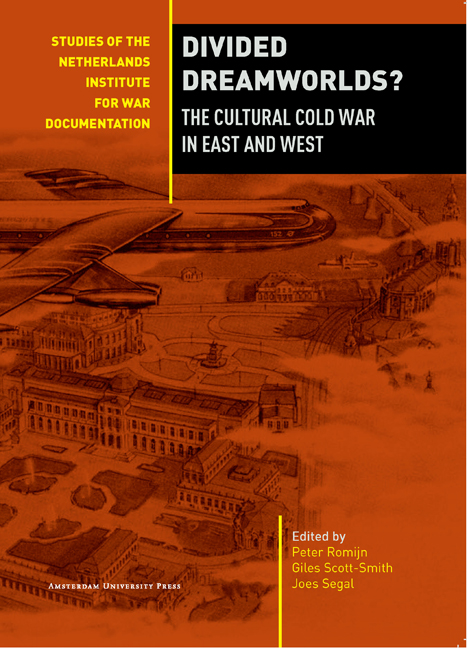Chapter 9 - Flying Away: — Civil Aviation and the Dream of Freedom in East and West
Published online by Cambridge University Press: 02 February 2021
Summary
After the end of World War II, civil aviation expanded very fast. Its success was partly based on technical progress achieved in the context of military aviation during the War but also on the growing need of ordinary people to travel faster, further and more comfortably. This expansion was accompanied by a radical change in collective imagination: airplanes were no longer bomb carriers but the key to potentially unlimited mobility, to long-distance travelling and materially as well as symbolically to the rise of a new jet set. Aviation brought about a new world which Walter Kirn, in his 2001 novel Up in the Air, describes as Airworld: a closed universe with distinguished social, aesthetic and economic rules.
In planes and airports, Kim's protagonist Bingham explains,
I feel at home. Everything fellows like you dislike about them – the dry, recycled air alive with viruses, the salty food that seems drizzled with warm mineral oil; the aura-sapping artificial lighting – has grown dear to me over the years, familiar, sweet. I love the Compass Club lounges in the terminals, especially the flagship Denver Club, with its digital juice dispenser and deep suede sofas and floor-toceiling views of taxiing aircraft. (…) I even enjoy the suite hotels built within sight of the runways on the ring roads, which are sometimes as close as I get to the cities that my job requires me to visit.
For Kirn, Airworld is ‘the scene, the place, the style.’ It is the world of glamour, passions and news, a ‘nation within a nation, with its own language, architecture, mood, and even its own currency – the token economy of airline bonus miles that [he has] come to value more than dollars.’
During the twentieth century Airworld turned into a large projection screen, becoming an integral part of our cultural production and perception. Not only has it generated airports, airplanes, and a society of travellers; it has also generated a utopian space, a dreamworld shaped by the longing for freedom and success translating as mobility.
- Type
- Chapter
- Information
- Divided Dreamworlds?The Cultural Cold War in East and West, pp. 181 - 198Publisher: Amsterdam University PressPrint publication year: 2012



